In the Wake of the Bounty
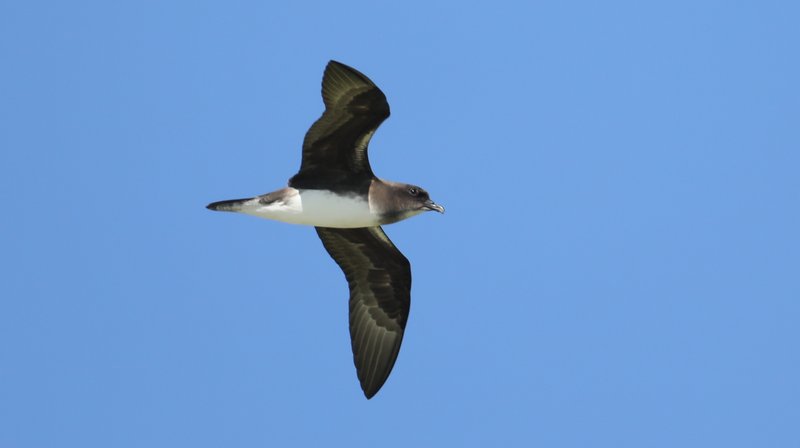
Phoenix Petrel is only reliably known from the Central Pacific and we stand a great chance of seeing this poorly known species during our expedition cruise © Chris Collins
After hugely successful expeditions in 2014 and 2018, WildWings plans to return to some of the most rarely visited parts of the Central Pacific with an exciting voyage to some truly iconic locations including Pitcairn and Henderson Islands.
Our expedition begins on Tahiti with an optional extension to look for the specialities on this spectacular island and we hope to find almost all the endemics including the critically endangered Tahiti Monarch, as well as Tahiti Kingfisher, Tahiti Reed Warbler, Grey-green Fruit Dove and Polynesian Swiftlet.
Our expedition ship, however, will be awaiting us at the small island of Mangareva and this will be an opportunity to appreciate the vastness of French Polynesia, as our domestic flight from Tahiti to the Gambier Islands is over 1,000 miles each way !! Once aboard our expedition ship, we will set off to explore this remarkable part of the world and over the next two weeks can look forward to visiting a number of rarely visited islands. Having been settled by the Bounty mutineers in 1790, Pitcairn is surely the most well-known, however, we also hope to land on a number of other islands including Henderson, Oeno and at least one of the islets in the Acteon archipelago.
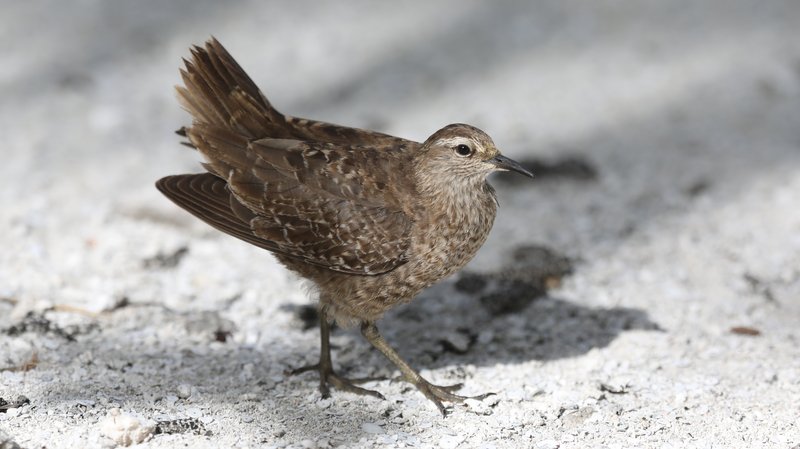
Tuamotu Sandpiper is now only regular on five islands and we hope to land on at least one of these during our expedition © Chris Collins
Whilst ashore, our priority will be finding the endemics with these surely headed by one of the most desirable waders in the world, the delightful Tuamotu Sandpiper. This bizarre-looking wader is considered ‘endangered’ by Birdlife International, as it highly susceptible to introduced predators and is now regular on only five small islands. Whilst we hope to land on at least one of these, our first encounters may even be before we are ashore, as birds sometimes fly out to ‘greet’ arriving ships, hovering overhead to ‘take a look’ !!
Another of our planned destinations is Henderson Island, which is home to four land endemics, Henderson Island Crake, Henderson Island Fruit Dove, Stephen’s Lorikeet and Henderson Island Reed Warbler. A few years ago, this island was the target of a multiple million pound project to rid it of Polynesian Rats (as it also has spectacular concentrations of breeding seabirds), however, sadly this was unsuccessful. Nevertheless, there is a good chance of seeing all the endemic birds, including the crake which is one of the few flightless members of this family to have survived the wave of avian extinctions which occurred as humans spread across the Pacific.
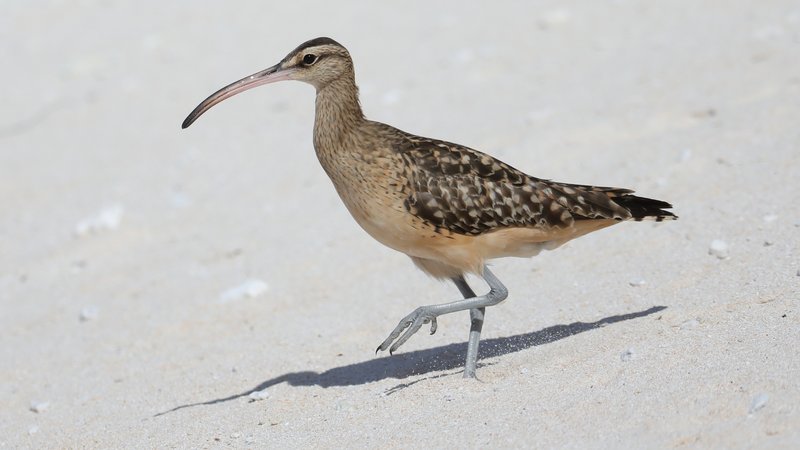
There are excellent chances of seeing Bristle-thighed Curlew on several of the islands we plan to explore © Chris Collins
Another species we can expect to find is Bristled-thighed Curlew. This species is surely one of the world’s ultimate migrants, as the birds fly over 6,000 miles from their breeding grounds in Alaska to tiny islands in the Pacific, an incredible feat of navigation.
On Pitcairn Island, we are likely to meet some of the descendants of the Bounty mutineers. It is a certainly a sobering experience to stand at the spot where the mutineers burnt the HMS Bounty and think how they must have felt as their ship, and only method of leaving Pitcairn, literally went up in smoke…….As with Henderson, Pitcairn is also home to an endemic reed warbler and we can expect to get some great looks at this strange-looking Acrocephalus, whilst overhead there are likely to be Grey Noddies and Herald Petrels.
We plan to also make at least one landing in the Acteon archipelago which, as well as being home to the Tuamotu Sandpiper, is also where there are more special land birds including Atoll Fruit Dove and the critically endangered Polynesian Ground Dove which now probably numbers less than 200 individuals.
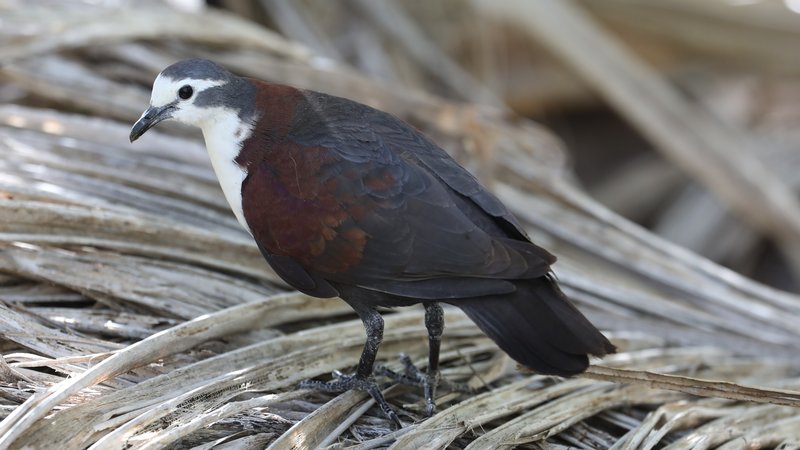
Although it once had a much greater range, the critically endangered Polynesian Ground Dove is now restricted to a handful of islands and is believed to number no more than a couple of hundred birds © Chris Collins
Whilst endemics and remote islands are undoubtedly two of the attractions of this expedition, another of the main reasons for visiting this incredible region are the seabirds and during our two weeks voyage, we can expect to see a good number of poorly known species including Herald Petrel, Murphy’s Petrel, Kermadec Petrel, Tahiti Petrel and Phoenix Petrel. The most localised breeder, however, is Henderson Petrel and by visiting the only island where this species is known to breed, we stand an excellent chance of encountering this much-prized Pterodroma.
On Oeno and Henderson Islands the number of breeding seabirds is an incredible spectacle and it will be with genuine reluctance that we will depart each island for our next destination.
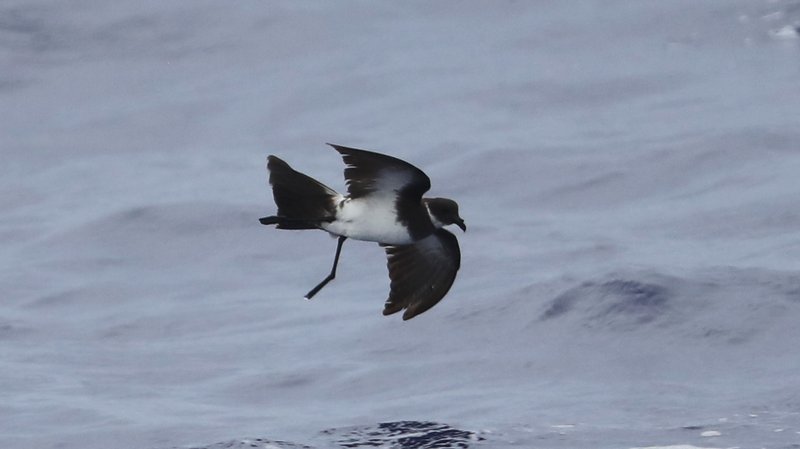
Although it occurs across much of the tropical Pacific, Polynesian Storm-petrel remains an enigmatic bird which is never easy to see, however, the species is known to breed on islets near where our expeditions starts and we will make a special effort to find this tricky species © Chris Collins
During the voyage, we plan to do some chumming and hope to get some good looks at Polynesian Storm-petrel, with this rare species seen on both our 2014 and 2018 expeditions. Other possibilities include the extremely poorly known titan form of White-bellied Storm-petrel, which is increasingly considered be a full species. Indeed, after the discovery of the ‘New Caledonian Storm-petrel’ on the West Pacific Odyssey, in 2008 we will be alert to the possibility of other mystery seabirds in this even more remote corner of the Pacific.
Other more widespread seabirds we can expect to see include Red-tailed Tropicbird, Great Frigatebird, Masked and Red-footed Boobies, Brown, Black, Blue and Grey Noddies plus White, Sooty and Great Crested Terns. There are also two interesting shearwaters to look for during our voyage, with both Christmas and Tropical Shearwaters previously seen in these waters. The ‘Tropicals’ here, however, are quite different from those in the Western Pacific and it is surely only a matter of time before a thorough taxonomic review splits this taxon into multiple species.
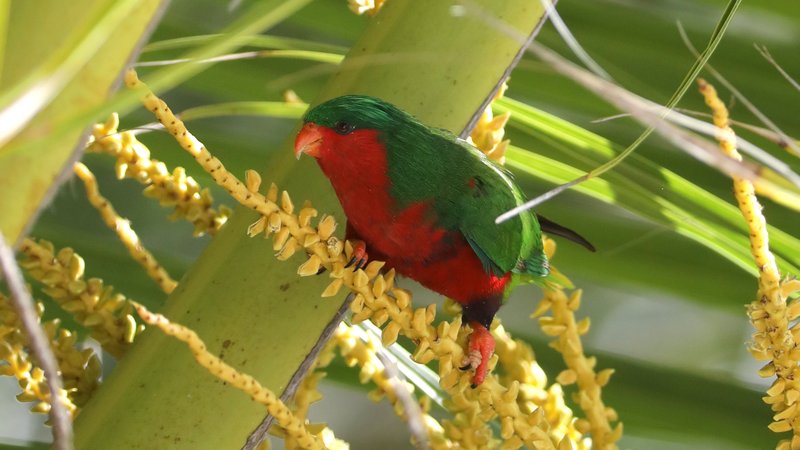
The Stephen’s Lorikeet is one of four endemic landbirds on Henderson Island and we hope to find this gorgeous bird plus all the other specialities whilst ashore on this rarely visited island © Chris Collins
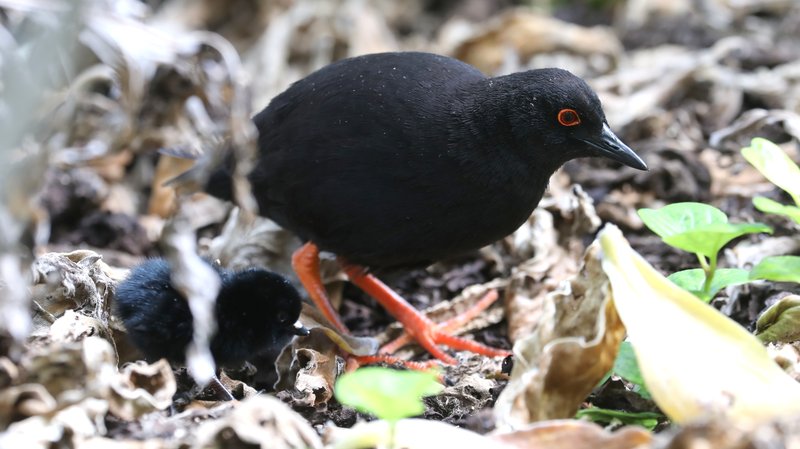
The Henderson Island Crake is one of the few flightless crakes to remain extant and despite the introduction of Polynesian Rats many centuries ago, somehow the species continues to survive © Chris Collins
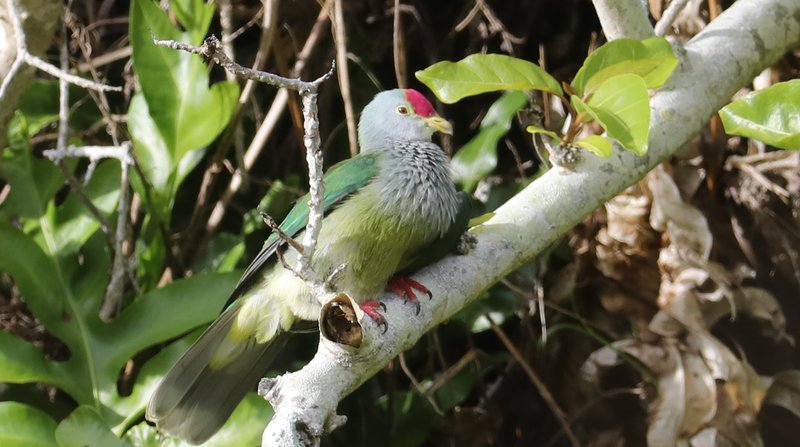
Henderson Fruit-Dove – As its name suggests this fruit-dove is only found on Henderson and whilst somewhat inconspicuous, it has been seen well on all previous WildWings trips to the island © Chris Collins
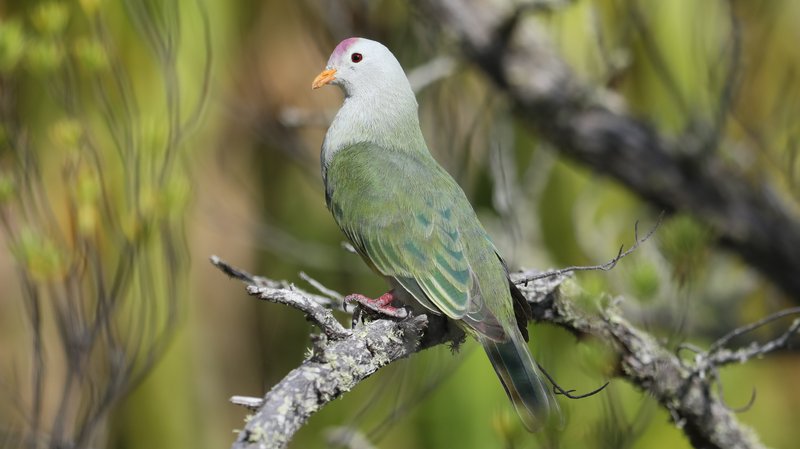
On the islands where we expect to look for Tuamotu Sandpiper, there are also excellent chances of finding Atoll Fruit-Dove © Chris Collins
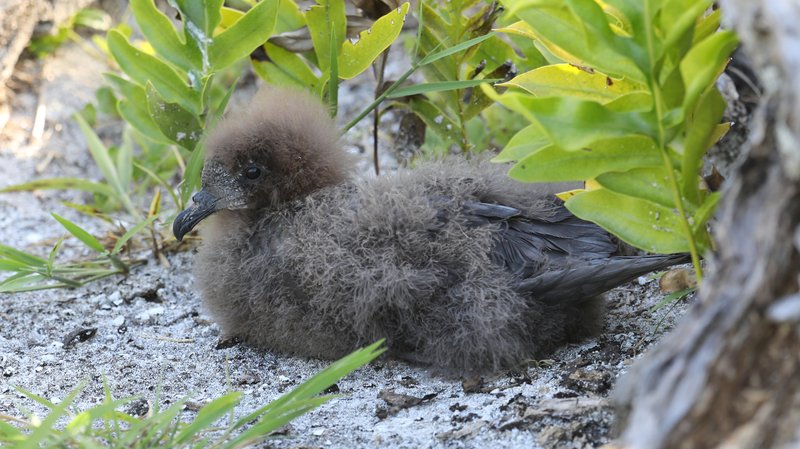
One of the islands we hope to visit is Oeno where there are impressive numbers of breeding seabirds including Murphy’s Petrel © Chris Collins
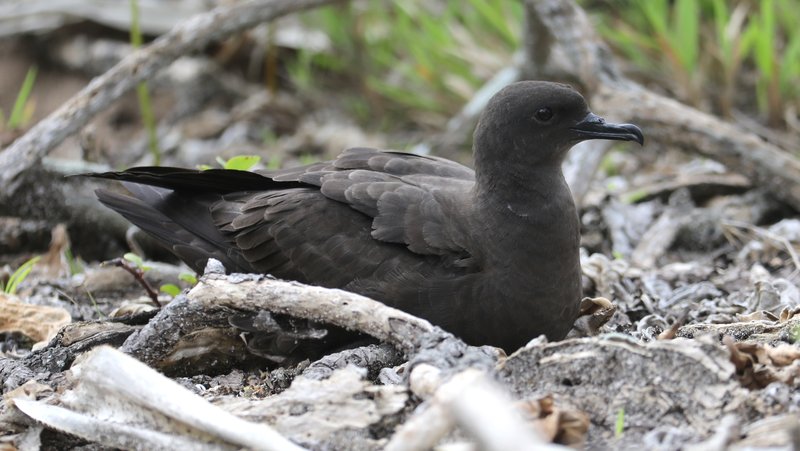
Christmas Shearwater is another of the speciality seabirds that breeds on Oeno Island although we may also be able to see this near Mangareva where there is a small islet where they also breed © Chris Collins

